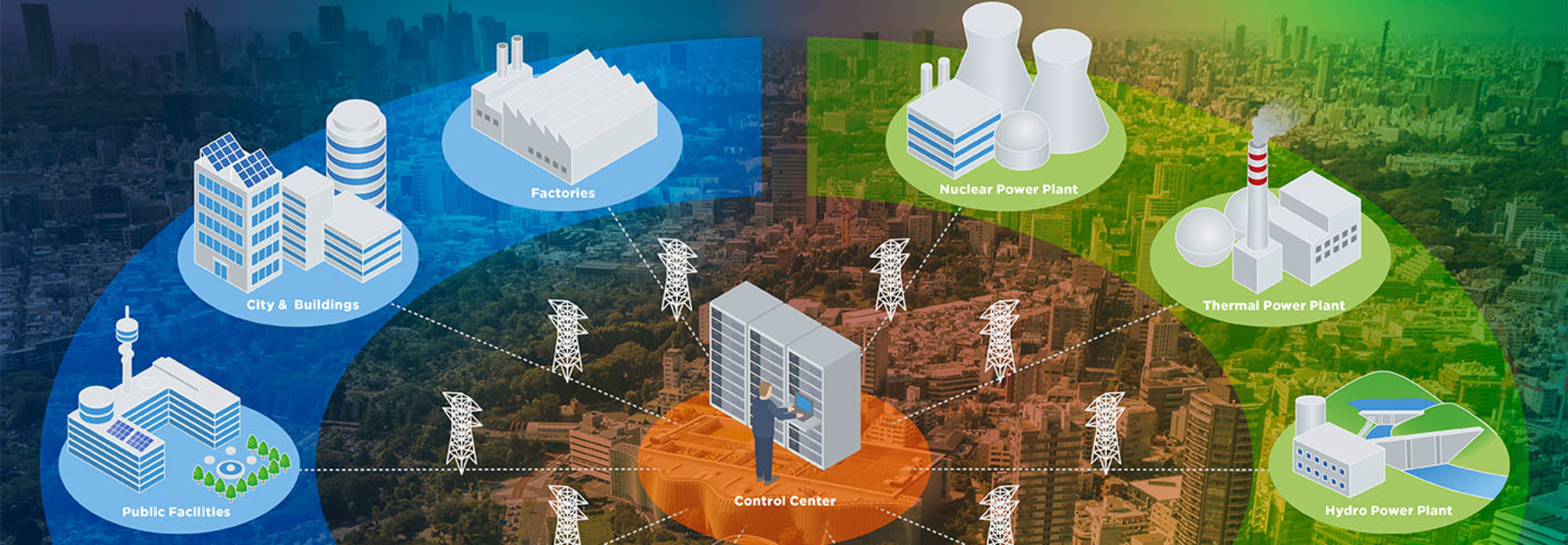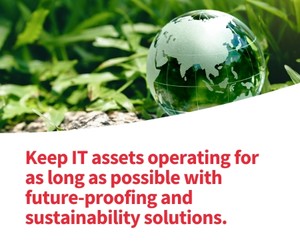Energy and utilities companies are going all in on environmental, social and governance goals as they work to reduce their environmental footprint and prioritize sustainability. In fact, 91 percent of utilities say they have increased their ESG-related spending over the past three years, with more than half doing so by at least 25 percent, according to a PwC report. “This level of commitment is expected to continue ramping up through 2024,” PwC predicts.
The takeaway? Greenwashing is no longer acceptable.
So, with all this new investment, IT leaders must allocate resources toward energy-efficient devices that can help with their sustainability efforts. Fortunately for IT leaders, the Internet of Things fits the bill.
Here are three ways that IoT devices can significantly enhance the sustainability efforts of energy and utilities companies, and why incorporating them improves an organization’s chances of getting ESG right.
Click the banner to learn why sustainability matters and the technology that can help.
1. IoT Devices Boost Efficiency and Offer Real-Time Data
IoT devices are an environmental must because they help organizations use energy efficiently. Take smart meters, for example. The Edison Foundation Institute for Electric Innovation expects that 135 million smart meters will have been installed at homes and businesses by next year. By embedding smart meters and sensors across the energy supply chain (including power generation plants, transmission lines and consumer endpoints), utilities companies can collect live data on energy consumption, allowing them to fine-tune system performance and optimize energy use.
Smart grids are a great example of efficient energy infrastructure. They use IoT technology to adjust the flow of electricity based on real-time supply and demand, reducing energy loss and improving the efficiency of the grid. The grids can also distribute energy more evenly across the network.
2. IoT Devices Improve Resource Management Through Monitoring
Enhancing energy efficiency and all-around sustainability practices requires continuous monitoring. IoT devices deliver exactly the types of metrics organizations need.
“IoT-enabled asset monitoring revolutionizes the energy and utilities sector by providing real-time insights into asset performance, condition and location,” Jill Klein, head of emerging technology and IoT at CDW, told BizTech this year. “Remote monitoring capabilities enable early detection of issues and quicker response times to incidents, improving worker safety and operational efficiency.”
IoT devices can also help monitor water and gas usage more effectively by providing precise data on consumption patterns. For instance, IoT sensors can detect leaks in pipelines and inefficiencies in water management systems, enabling timely repairs and other adjustments that reduce resource waste.
“IoT-enabled predictive maintenance helps extend the lifespan of assets and improve overall operational efficiency,” Klein says.
Drones, another member of the IoT family, can also survey terrain and utilities plants to prevent potential complications before they happen. This technology helps conserve resources, allowing teams to minimize downtime and meet sustainability goals, Klein notes.
91%
The percentage of utilities increasing their spending on ESG initiatives over the past three years
Source: pwc.com, “ESG utilities survey,” December 2021
3. IoT Enables Advanced Data Analytics for Sustainable Operations
IoT devices also provide advanced data analytics, which gives teams more visibility into their sustainable operations. IT leaders can use data from IoT devices to help predict equipment failures, optimize maintenance schedules and even forecast environmental conditions that might affect energy production distribution.
UP NEXT: Energy and utilities solutions for a secure and sustainable future.
IoT devices in wind turbines, for instance, can collect data on wind speed and direction to help optimize turbine operations, maximizing energy production while minimizing wear and tear. This can keep turbines functioning more efficiently for longer. It’s also why recent research says that IoT technology is an essential piece in the operation of wind energy microgrids.
With analytics in the mix, teams have the concrete data at their fingertips so they can clearly see the resources saved and track directly against their ESG goals.












